Our bolognese recipe is inspired by authentic Italian recipes. The sauce is rich and comforting with the most tender beef. Classic bolognese takes a bit of time, but trust me, it’s easy to do and so worth it!
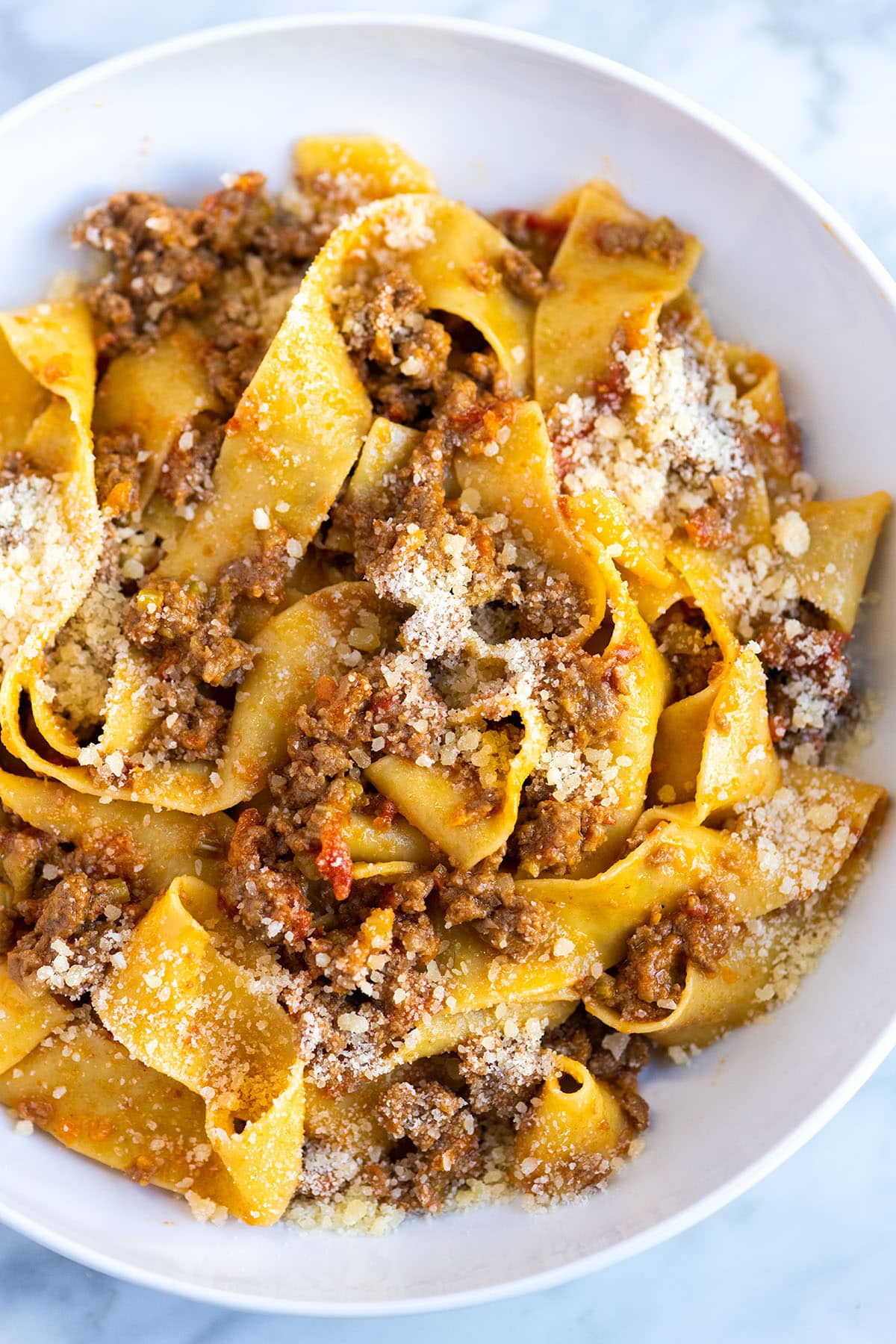
This authentic beef bolognese recipe makes the most delicious, flavorful, and comforting sauce. It’s so good, and you can toss it with your favorite pasta, like spaghetti for spaghetti bolognese or pappardelle (my favorite ribbony pasta).
For this recipe, you’ll simmer the sauce for about 3 hours, a while, I know, but trust me, it’s worth it. The beef becomes so flavorful and tender. You really can’t beat it. For a quicker, weeknight-friendly meat sauce, see this weeknight spaghetti recipe.
Key Ingredients
- Beef: I use ground beef with some fat left. Look for 85% to 90% lean beef. You can experiment with other ground meats, like pork or lamb, blend two together, like beef and pork, or just use pork.
- Aromatics: I use a base of finely minced onion, celery, and grated carrots (the Italians call this combo sofritto). By keeping them all small, they cook down and melt into the sauce.
- Milk: It may sound strange, but milk is a secret weapon in authentic bolognese. The lactic acid and calcium help tenderize the beef, while the milk itself balances the flavors of wine and tomatoes, creating a creamier, richer sauce. I use whole milk and do not recommend substituting it for plant-based milk.
- White Wine: Dry white wine adds a bright acidity and a lighter flavor than red wine. Look for an Italian white wine from the Emilia-Romagna region, where bolognese originated. If you can’t find one, try pinot grigio, pinot gris, or sauvignon blanc. For bolognese without wine, see my tips below the recipe.
- Tomatoes: For this recipe, I use canned whole tomatoes. I buy one large (28oz) can and then use what I need. You’ll have some leftovers, but you can always save them for another dish.
- Pasta: I love to use a flat, ribbon-like pasta like tagliatelle or pappardelle. All the folds hold onto the bolognese sauce so nicely. It’s beautiful, too. We also love rigatoni. You can also make spaghetti bolognese and use spaghetti noodles.
How to Make Bolognese
Bolognese requires some patience. You won’t be hands-on the entire time, but you need to keep a watchful eye on the pot throughout the cooking process.
You’ll start by cooking the aromatics with olive oil and butter until soft, then add the beef, salt, and some pepper. Cook the beef until it’s no longer pink, but don’t worry about browning the meat. This might seem counterintuitive, but you don’t need to caramelize the meat before adding other ingredients. So, when you add the ground beef, cook it until the red is gone, and then move on. It’s okay if the meat releases some moisture, too.
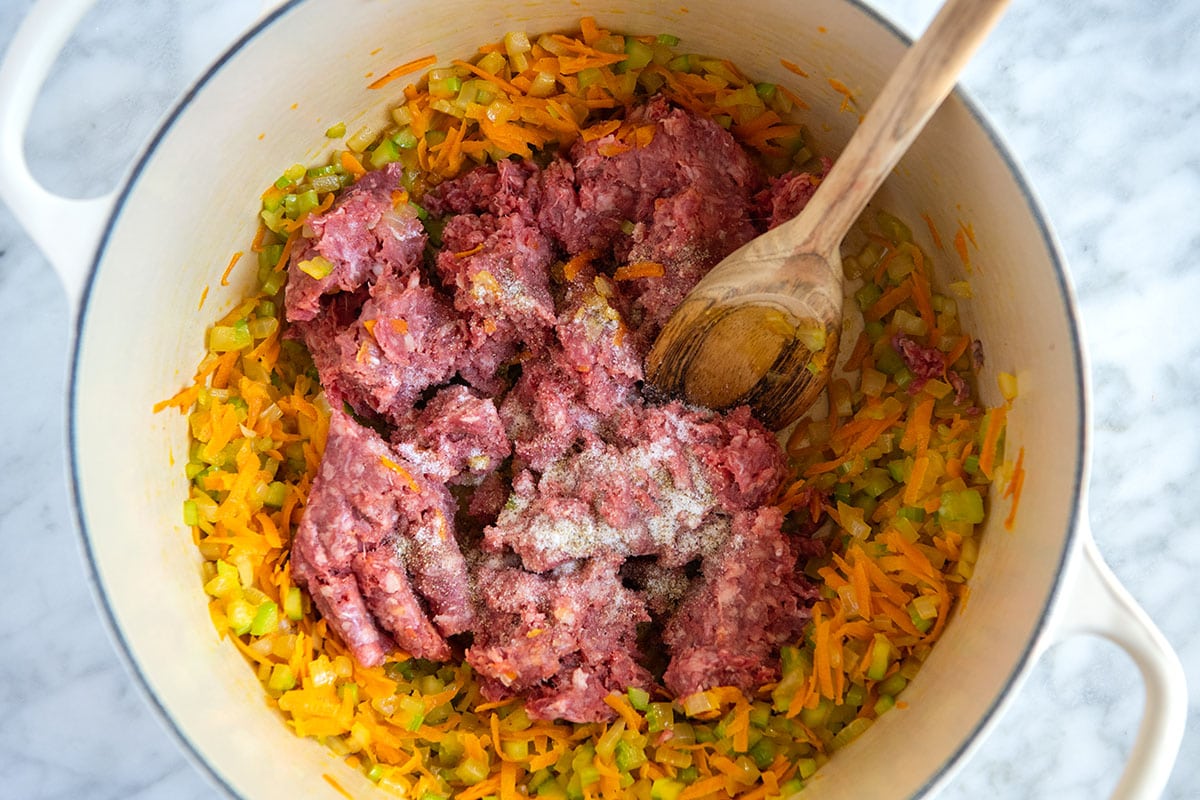
The milk and nutmeg are next. Then, you’ll cook the milk and beef until the pot is almost dry. Next comes the white wine and, finally, the tomatoes.
Cook the sauce at a very low simmer. By very low, I mean that the pot should barely be bubbling. We want the sauce to cook slowly.
If the sauce looks a bit dry during the simmering process, don’t panic. Just add a splash of water and turn down the heat. This won’t dilute the flavor, I promise. I’ve done it many times myself, and it always turns out delicious!
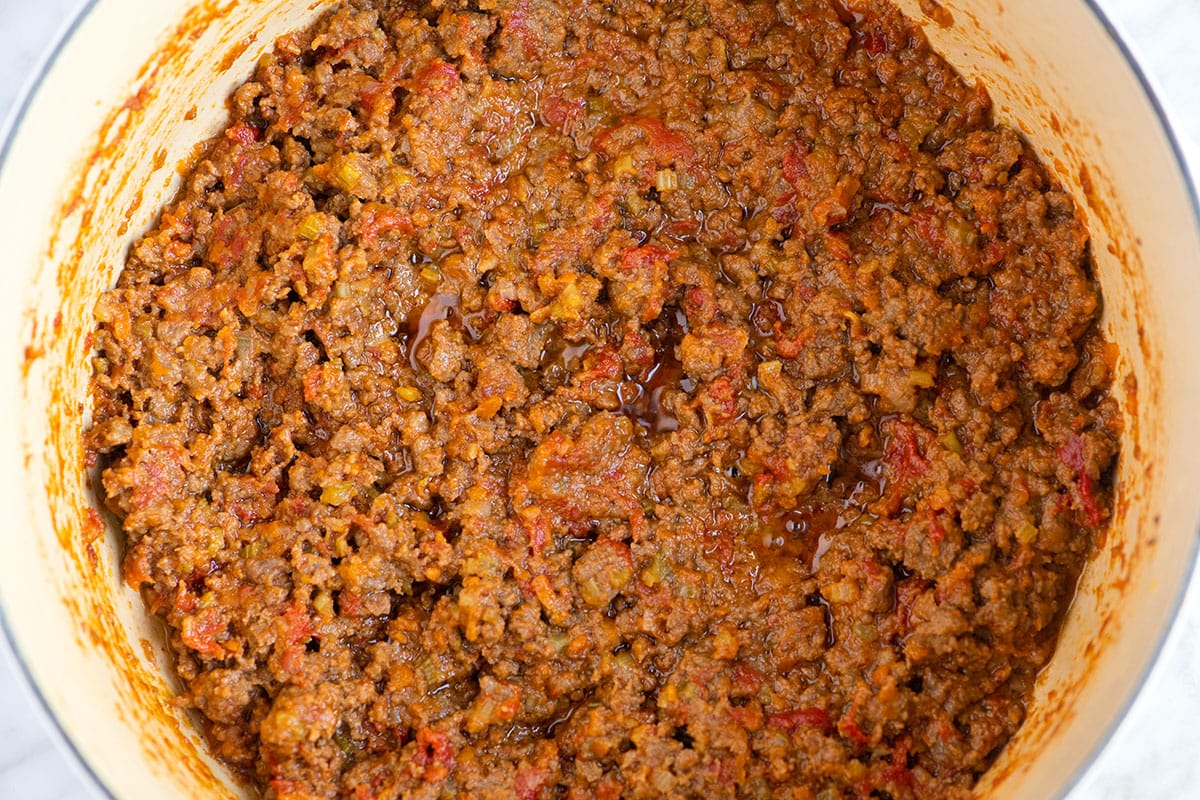
When it’s ready, toss with your favorite pasta and enjoy! For more Italian-inspired recipes, see our Italian meatballs, this authentic fettuccine Alfredo, or my favorite tiramisu!
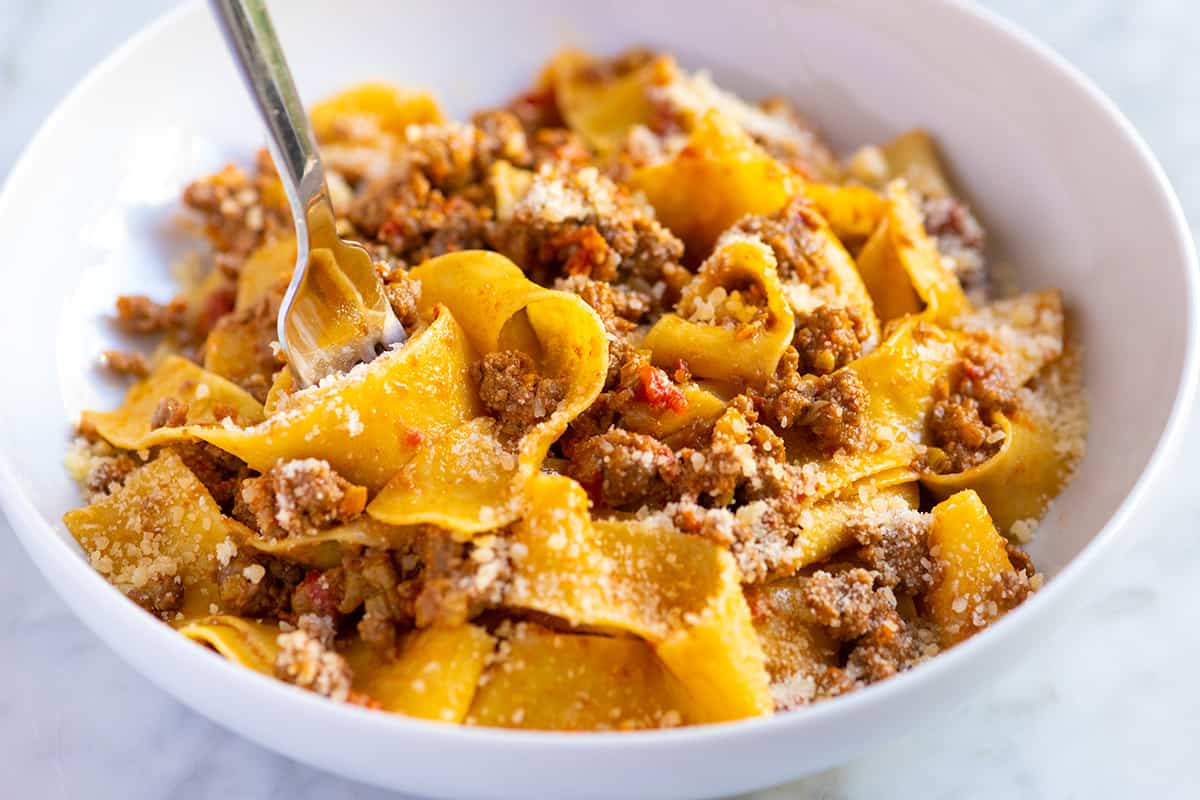
Our Favorite Bolognese
- PREP
- COOK
- TOTAL
This is the most delicious bolognese thanks to ground beef, milk, white wine, and tomato. With a bit of patience and our simple tips, you can make a mouth-watering, rich, creamy, and tender sauce.
Use a flat, ribbon-like pasta like tagliatelle or pappardelle. We love how all the folds hold onto the bolognese sauce. It’s beautiful, too. We also love rigatoni. You can also make spaghetti bolognese and use spaghetti noodles.
You Will Need
2 tablespoons olive oil
2 tablespoons butter
3/4 cup finely minced onion (4 ounces or 1/2 medium onion)
3/4 cup finely grated carrot (3 ounces or 2 small carrots)
3/4 cup finely minced celery (4 ounces or two stalks)
1 pound ground beef, 85% to 90% lean
1 cup whole milk
1/8 teaspoon finely grated nutmeg
3/4 cup (6 ounces) dry white wine, notes below
2 cups canned whole tomatoes
Salt and fresh ground black pepper
1 pound tagliatelle or pappardelle, or try rigatoni
Directions
- Make Bolognese
1Heat olive oil and butter in a deep, heavy-bottomed pot over medium heat. Stir in the onion, celery, and carrots, then cook, occasionally stirring them around the pan, until they begin to soften and the onions look translucent, about 3 minutes.
2Add the ground beef, one teaspoon of fine salt, and ¼ teaspoon of fresh ground black pepper to the pot. Use a wooden spoon to break the meat into small chunks, and cook until the meat is no longer red, but before it begins to caramelize. The salt encourages the beef to release moisture, don’t be surprised if there is liquid in the bottom of the pot.
3Stir in the milk and the nutmeg. Bring to a gentle simmer and cook, stirring every so often, until the liquid evaporates, leaving a mostly dry pot, about 30 minutes.
4Stir the meat around the pot, and then pour in the wine. Simmer, stirring every so often, until the wine mostly bubbles away, 10 minutes.
5Meanwhile, prepare the tomatoes. We prefer canned whole tomatoes. Open the can, measure 2 cups of the whole tomatoes with juices, and then use a fork or your fingers to break the whole tomatoes into smaller pieces. Of course, they will cook down and break apart even more in the pot, but giving them a head start is a good idea. A 28-ounce can of whole tomatoes has about 3 cups, so you will have some tomato leftover.
6When the wine has simmered away, stir in the tomatoes. When the tomatoes begin to simmer, reduce the heat so it is barely simmering. We are looking for the occasional bubble popping at the surface. Cook uncovered at a very low simmer, stirring the sauce every 20 to 30 minutes for 3 hours.
7If the sauce looks dry, stir in ¼ to ½ cup water. I have done this 2 or 3 times during the cooking time before and it does not water down any flavor. As the sauce cooks, taste it every so often to see how it is progressing. I usually throw in a couple of extra pinches of salt.
8Toward the end of the cooking time, it is typical for the sauce to look separated (with fat on top). This is excellent and just what we are looking for.
9To serve the bolognese, toss it with cooked pasta, and then dust the top with fresh grated Parmigiano-Reggiano cheese.
- Tossing with Pasta
1To serve with pasta, before draining the pasta, save a cup of the pasta water. Then toss the pasta with the sauce over low heat. Next, add some of the pasta water and toss for about a minute. This helps the bolognese stick to the pasta and make everything more “saucy.”
Adam and Joanne's Tips
- Storing: Bolognese can be made 4 days ahead. Cover and store in the refrigerator. Freeze for up to 3 months.
- Wine: Use wine that does not taste sweet. If you can, find a dry white Italian wine, possibly from the Emilia-Romagna region of Italy, since this is where we find the city of Bologna. Otherwise, look for pino grigio, pinot gris, sauvignon blanc, or other dry white wine.
- Wine substitute: Use a light broth like vegetable broth or chicken broth. Adding a few dashes of vinegar (white wine vinegar or balsamic vinegar) would also add a bit of acidity to help mimic the wine.
- Recipe inspired by Marcella Hazan and Bon Appetit
- The nutrition facts provided below are estimates. We included 1 teaspoon of salt.

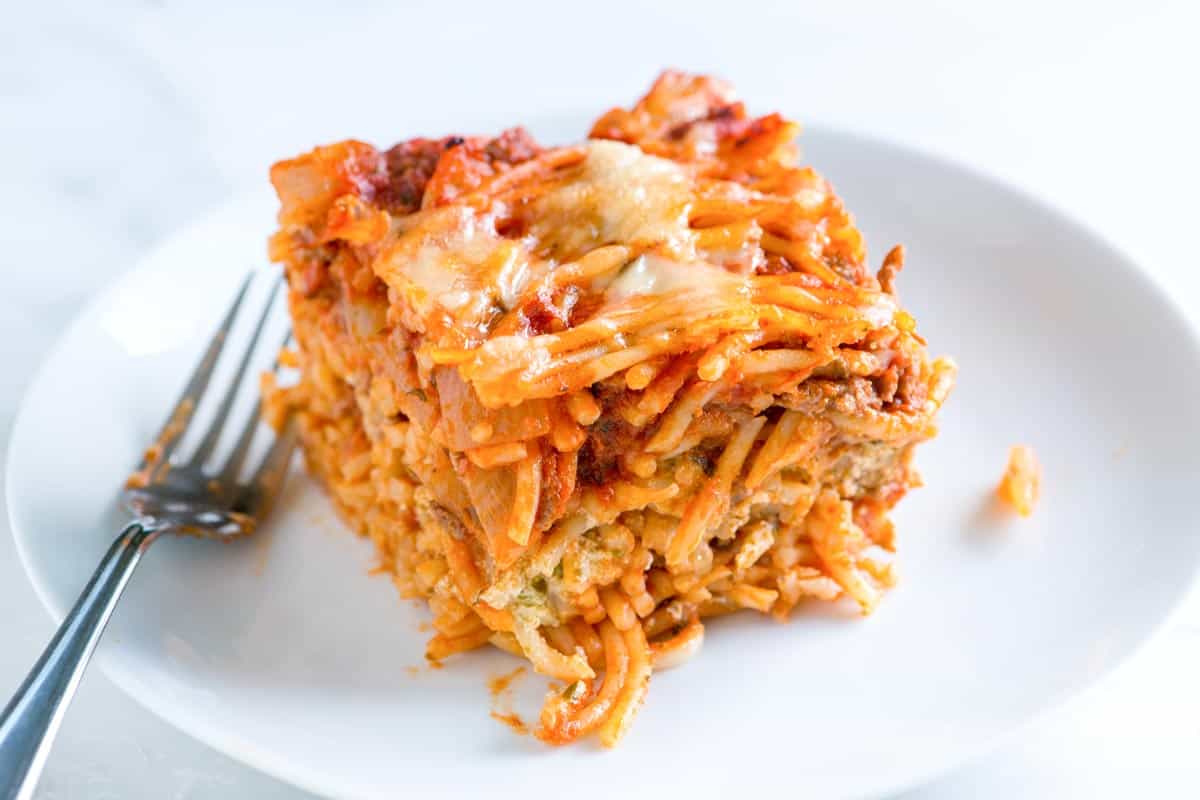
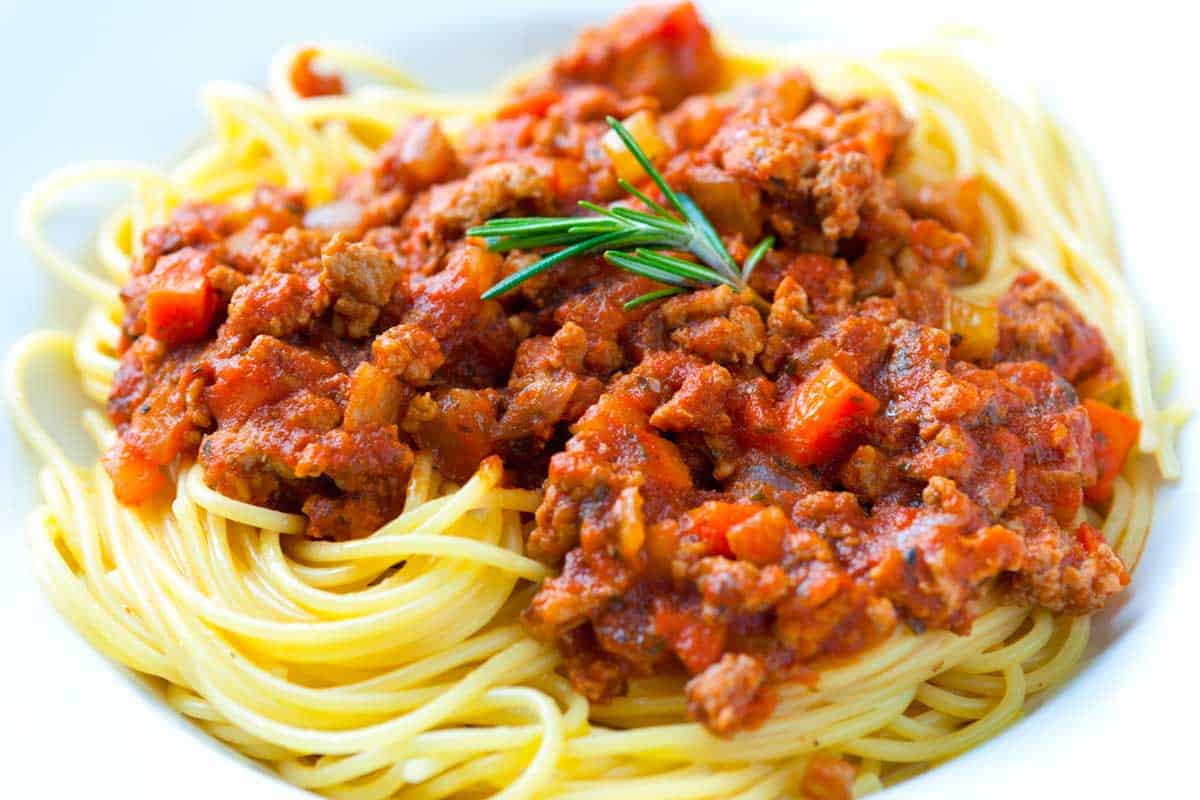
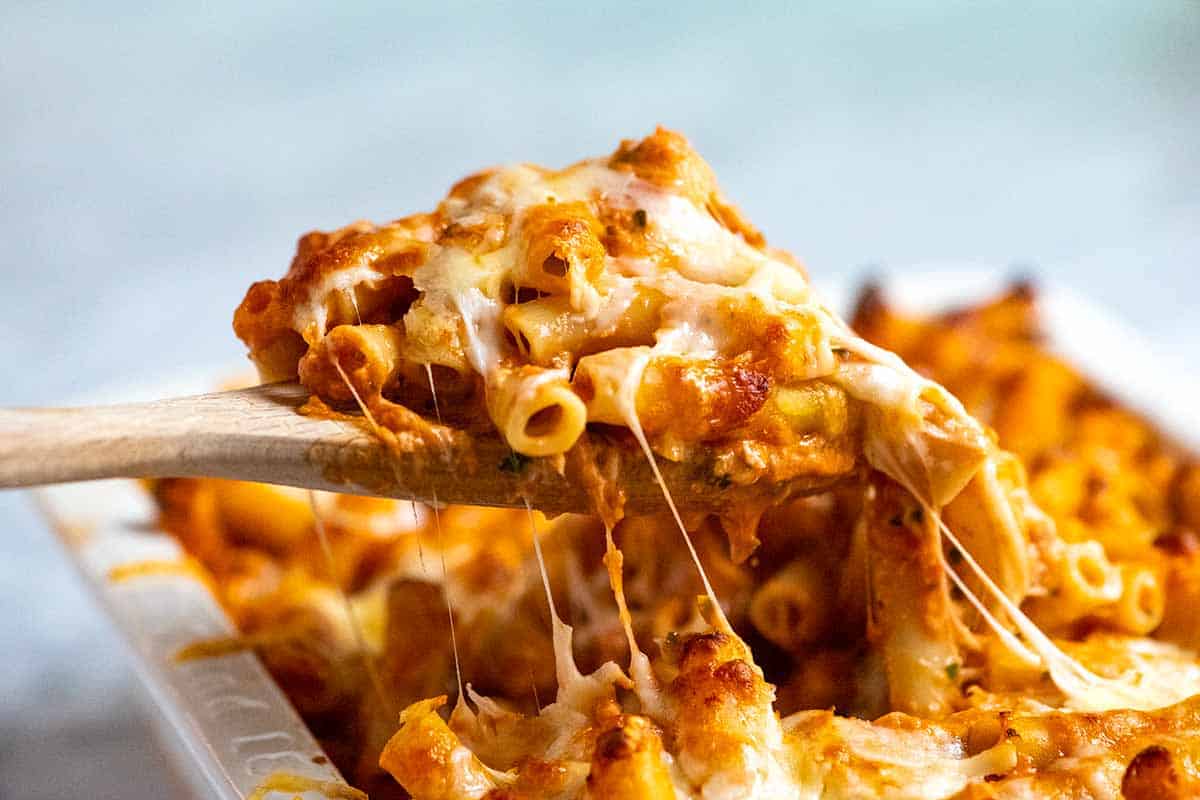
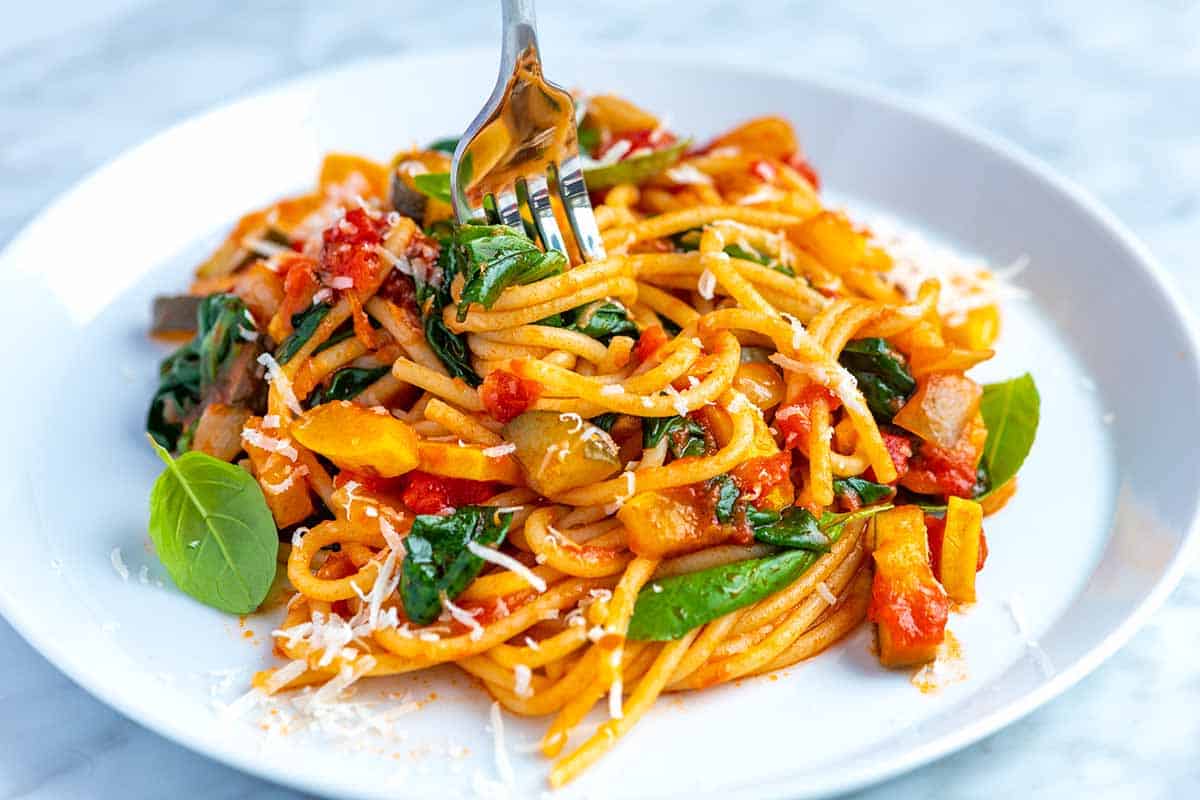
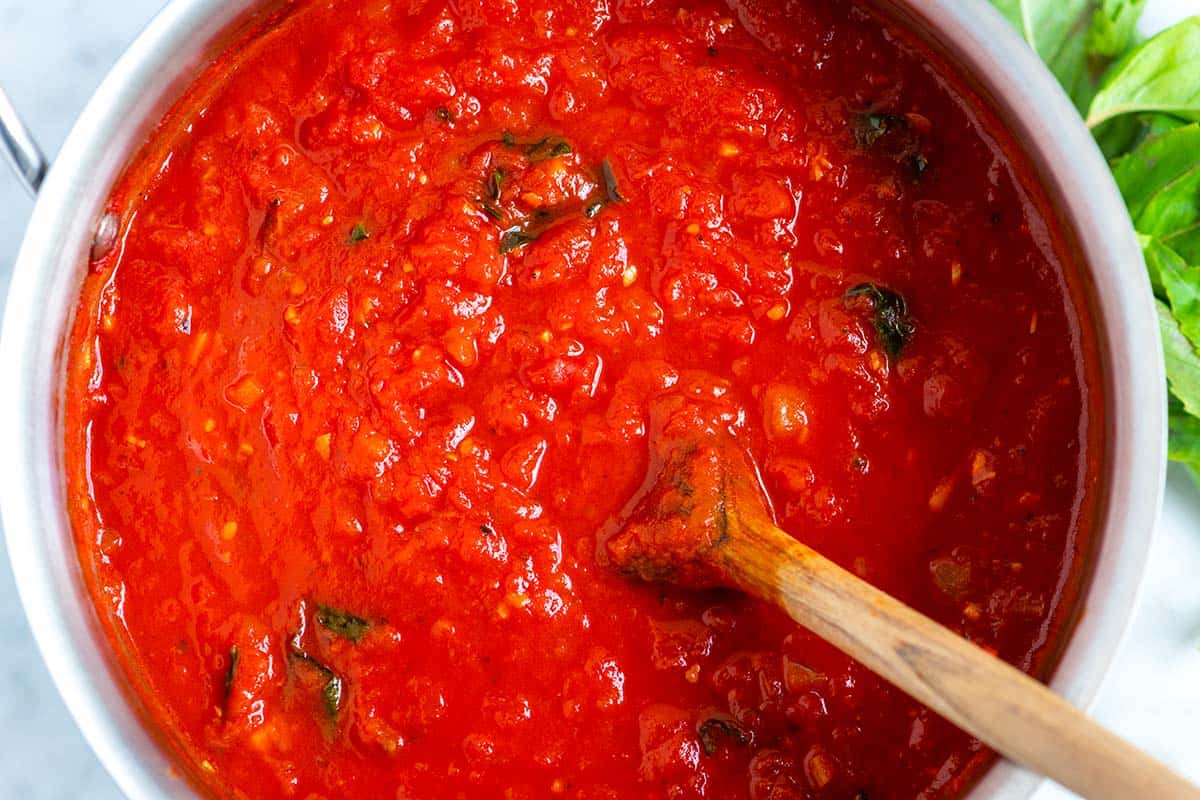



I’ve made this recipe twice now, and I can’t go back to a regular spaghetti sauce. I was looking for something close to a spaghetti bolognese I would find in France, and this is pretty close to it! I’m going to try to freeze some of the sauce next time I make this and see how that goes with a fresh batch of pasta. It is well worth the time it takes to make.
I haven’t made this yet, but every single recipe you share, IS THE BEST!! When I need a recipe, your site is the first I’ll always go to. Thank you!!
So kind of you, Joan! Thanks for supporting us.
If I substitute butter for olive oil in tomato spagetti sauce , how much should I use?
We recommend using the same quantity of olive oil as butter.
Are you Italian? Because this is the perfect recipe made the way any Italian from Bologna would do it. Brava!
Oh wow, that makes us feel wonderful! We are not Italian, but love Italy!!!
I don’t drink and I don’t use wine enough for cooking to justify buying it. Can I sub white wine vinegar in this recipe?
Hi Stacie, Sorry that we didn’t include a substitute. I’ve updated the recipe with tips on substituting the wine. I’d use a light broth (veggie or chicken) and then add a couple dashes of vinegar like white wine vinegar.
Looks great, but I’m a bit confused about amounts (I’m in the UK, so not used to cups and ounces), but it looks like the recipe has 6 cups of ingredients plus one pound of beef, but it says the recipe only yields 2 to 3 cups – so does this need to be cooked until it reduces right down? And follow on question – if I use a slow cooker with a lid on, it won’t reduce, will it? Thanks!
Hi Chris, Sorry to confuse you! I’ve removed the yield amount. This recipe will definitely feed 4, with some leftover. It does reduce quite a bit, which is why it is so flavorful. A slow cooker will not develop the same level of flavor and no, it won’t reduce nearly as much since we cook the sauce on the stove without a lid. It will still taste lovely, but definitely not as reduced in flavor.
Perhaps I missed it but what % of fat do you recommend for the ground beef? Sounds delicious I have everything I need on hand would like to try it this weekend.
Hi Jean, We typically buy beef with a ratio of 85-15 or 90-10. Any leaner and it won’t tastes as rich and delicious.